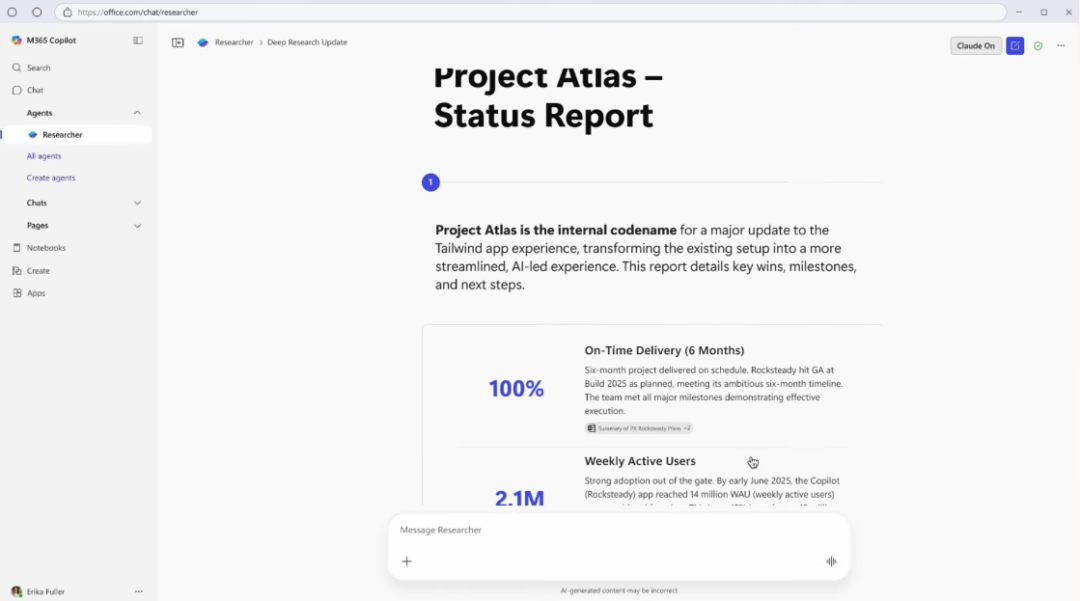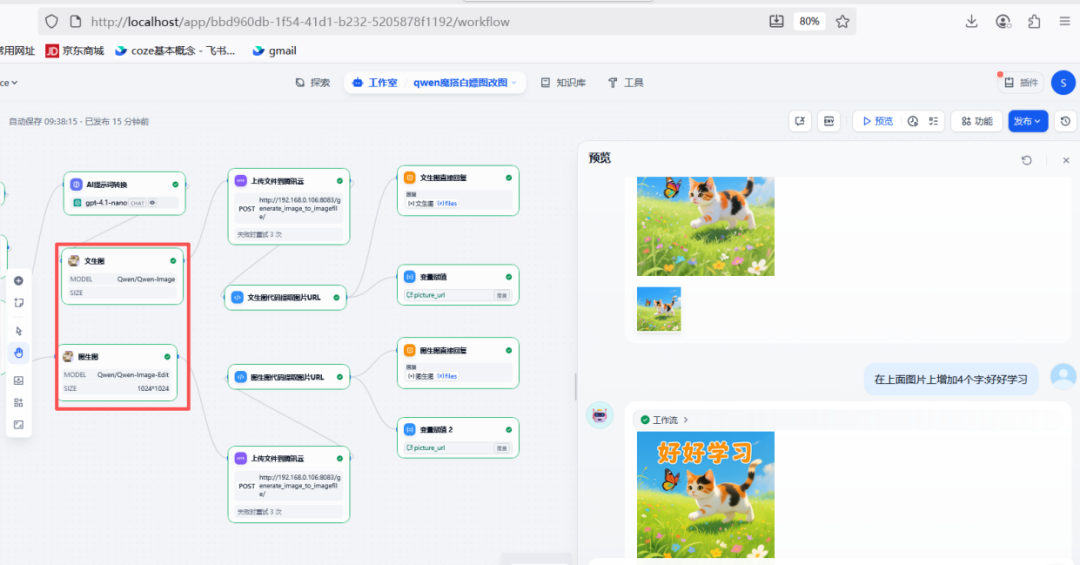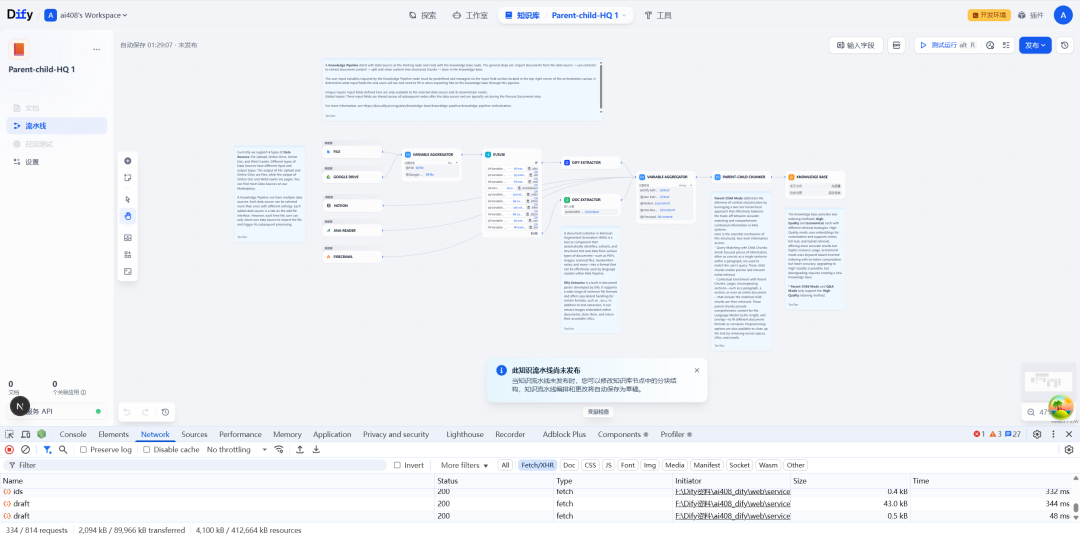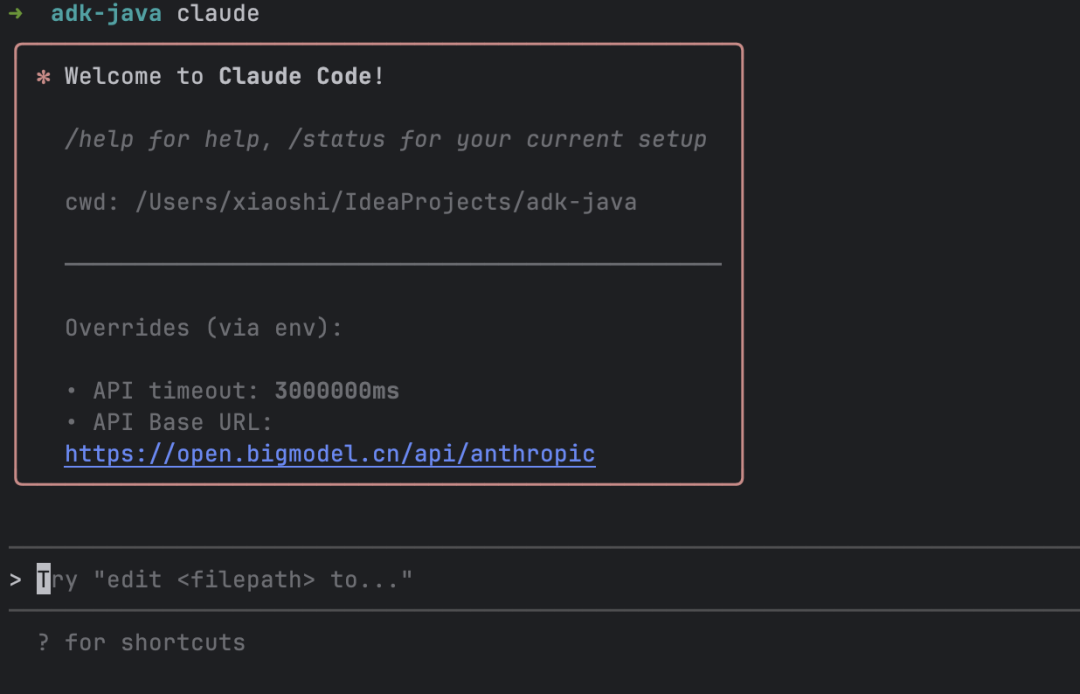Technical details of the modular system architecture
The project is designed using a microservice architecture and consists of three main parts: the retrieval processor (scrl), the training module (verl) and the evaluation system. The codebase shows that it uses Ray framework to realize distributed computing and supports multi-node scaling via the PET_NODE_RANK parameter. The core technology stack contains PyTorch 2.4.0, FlashAttention acceleration library and other cutting-edge components, and guarantees dependency isolation through conda virtual environment.
In terms of deployment flexibility, developers can replace the search engine adapter (supporting Serper/API or Azure/Bing) on demand, or configure a third-party LLM interface such as Qwen-Plus via . /scrl/handler/config.yaml to configure third-party LLM interfaces such as Qwen-Plus. The project documentation details the complete compilation process for the CUDA 12.4 environment, including special compilation parameters for the flash-attn library, which are designed to enable rapid deployment of the system to academic or industrial-grade research platforms.
This answer comes from the articleDeepResearcher: driving AI to study complex problems based on reinforcement learningThe

































